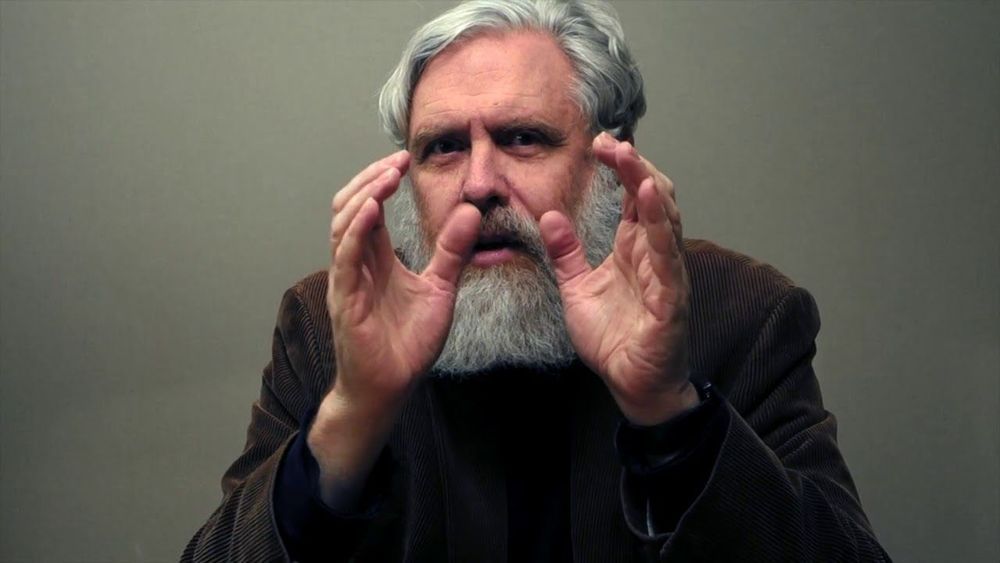Scientists Announce Promising New Dengue Vaccine : Goats and Soda Dengue afflicts nearly 400 million people worldwide every year, but a vaccine has remained elusive. New research offers a path forward.



A new paper explores adjusting the types of bacteria in the gut as a potential way to improve health in older people.
The microbiome
The gut microbiome is a fascinating and diverse ecosystem filled with a myriad of bacteria, archaea, protists, fungi, and viruses that interact with each other and our bodies in diverse and complex ways.

All children will be able to receive whole genome sequencing at birth, under ambitions laid out by the Health Secretary.
Matt Hancock said that in future, the tests would be routinely offered, alongside standard checks on newborns, in order to map out the risk of genetic diseases, and offer “predictive, personalised” care.
Ministers have already promised that such tests will be offered to all children diagnosed with cancer by the end of this year.

When the first smartphones arrived, few people understood how they would change our reality. Today, our internet-connected mobile device maps our travel, manages our finances, delivers our dinner, and connects us to every corner of human knowledge. In less than a generation, it has become almost an extension of our central nervous system — so indispensable that we can’t imagine leaving home without it to guide us.
We are about to embark on another journey even more important to every individual and to human society. We are entering the age of genomics, an amazing future that will dramatically improve the health outcomes of people across the planet. Soon, we won’t be able to imagine a time when we left home without knowledge of our genome to guide us.
But this future isn’t a generation away. As early as 2020, I believe we will be living in a world where software uses knowledge of our personal genome to guide us, like a health GPS, toward choices that are appropriate for us as individuals. From the foods we choose to eat to the medicines we take to prevent or cure disease, from helping us avoid exposure to environmental risks to eradicating thousands of genetic diseases, genomics will reveal such immense possibilities that it will feel as if we can see and hear for the first time.

Diabetes is one of the leading health problems in our modern world and requires the careful management of a patient’s insulin levels. New research from Tufts University may make that process a little easier. In mouse tests, the team implanted beta cells that produce more insulin on demand, when they’re activated by blue light.
At the heart of both types of diabetes is insulin, the hormone that regulates blood sugar levels, allowing cells in the body to properly use it as energy. In type I diabetes, beta cells in the pancreas don’t produce enough insulin, sometimes because the immune system destroys those vital beta cells. In type II diabetes, a patient’s cells stop responding to insulin, or the pancreas can’t keep up with demand, meaning blood glucose levels spike to dangerous highs.
Managing the condition requires constant monitoring of blood sugar levels and boosting insulin levels as needed, either by directly injecting the hormone or through drugs that amplify the beta cells’ production of it.

“There are a number of critical technologies that have to be assessed and tested before we go to Mars,” he told Quirks & Quarks host Bob McDonald.
His short-list includes reusable landers, new space suits, mining gear, water and fuel production plants and safe nuclear power sources that could be used to power habitats and equipment on the red planet.
Thirsk himself is currently working with the Canadian Space Agency to investigate the unique biomedical and health care issues involved in long term deep space missions.



Bacterial infections that are resistant to treatment by our existing antibiotics are a huge threat to human health — and an enormous challenge for medicine. Scientists are exploring one fascinating line of research: compounds modeled after those found in the blood of the fearsome Komodo dragon.
